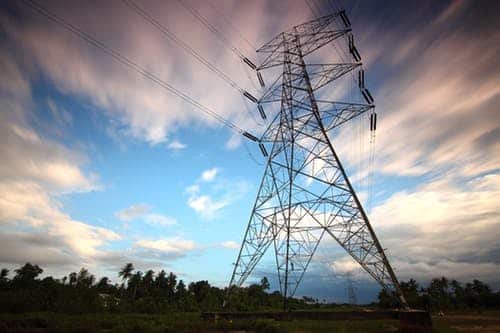FERC Lowers Midwest Transmission Owners’ Return on Equity Rates Using New Methodology

The Federal Energy Regulatory Commission on Nov. 21 established a new method to determine the return on equity, or ROE, for setting jurisdictional rates charged by public utilities. The agency applied the new process in complaint proceedings against the transmission owners of Midcontinent Independent System Operator, concluding that their existing 12.38 percent ROE was unjust and unreasonable and fixed a new rate of 9.88 percent.
The ROE revision stems from a 2017 ruling by the U.S. Court of Appeals for the D.C. Circuit, which remanded a FERC order setting the base ROE for a group of New England transmission owners. The court ruled that FERC inadequately justified its decision to set the ROE at the midpoint of the upper half of the zone of reasonableness produced by a two-step discounted cash flow, or DCF, approach.
The commission said it will use the DCF and capital asset pricing models, which investors most commonly use in cost of equity estimates, to evaluate an existing base ROE and determine an appropriate replacement if it is found to be unjust and unreasonable. The agency will also use ranges of presumptively just and reasonable ROEs in its analysis.
The order granted the complaint in one of the two proceedings against MISO transmission owners and authorized appropriate refunds. However, the commission denied refunds in the second complaint finding the 9.88 percent ROE is “within the range of presumptively just and reasonable ROEs” established in the proceeding, which lacks evidence to rebut this presumption.
EnerKnol Pulses like this one are powered by the EnerKnol Platform—the first comprehensive database for real-time energy policy tracking. Sign up for a free trial below for access to key regulatory data and deep industry insights across the energy spectrum.
ACCESS FREE TRIAL